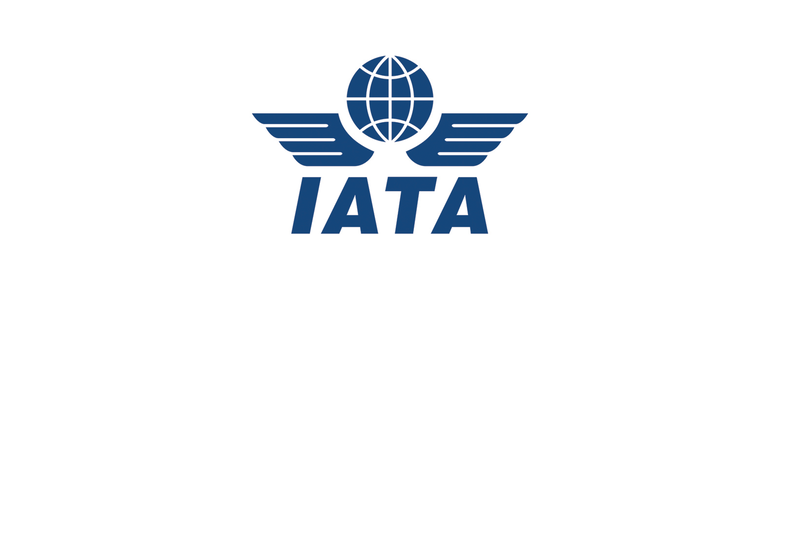3-day (18 hours) LIVE virtual classroom course
This course is recommended for ‘Personnel Responsible for Accepting Dangerous Goods Consignments’ as per IATA’s DGR – section 1.5 and in accordance with function 7.3 in IATA’s ‘Dangerous Goods Training Guidance’. | Previously covered under category 6. Find out more about the CBTA approach, current courses and previous corresponding categories.
Ensure compliance with all safety and recurrent regulatory requirements and continue to accept dangerous goods consignments for transportation by air with complete confidence. This course offers you the opportunity to be with other experienced dangerous goods professionals as you refresh your knowledge and skills. IATA’s experienced instructors facilitate your learning experience while you build on your existing expertise to interpret the technical nuances of the IATA Dangerous Goods Regulations (DGR) and apply them correctly. Stay up to date with the latest changes to the IATA DGR. Be among the first to develop competencies commensurate with your job functions and responsibilities as required by the latest Competency-Based Training and Assessment (CBTA) framework. This course offers focused training and assessment essential for your organization to fulfil its responsibility toward ensuring a competent, well-trained workforce. We strongly advise that you check with your appropriate local authority if a virtual classroom training solution will be accepted.
Course format
The live sessions of this virtual classroom course are delivered by an official IATA Instructor.
The course will take you approximately 18 hours to complete and be held over 3 consecutive days.
There will be 2 live interactive virtual classroom sessions per day, each session will be 180 minutes.
The live sessions will require your participation, with multiple Q&A sessions and additional time spent on self-study material including projects, research, additional reading and videos.
Student performance will be based on an assessment.
Technical requirements
Please verify your hardware, software and network to support your upcoming course with IATA Training.
Prerequisites
You must hold a valid Dangerous Goods Regulations for Acceptance Personnel certificate (or equivalent Category 6) for the entire duration of the course you attend. If your certificate is older than 2 years, please register for the Dangerous Goods Regulations (DGR) for Accepting DG Consignments course.
Recommended level is Intermediate.
The recommended level of language proficiency is ICAO Operational Level 4 for courses in English or the equivalent level for other languages.
How to register
When you click the Register button, you will be directed to log in to your Training Account. Please have your login details ready.
Register early and save up to 25% at our Training Centers! Please read the Terms and Conditions for the early bird discount. The discount will be calculated at the time of payment.
Key topics
▪ Significant changes and amendments to the
latest edition of the IATA DGR
▪ Legal responsibilities of important stakeholders
▪ Revising the application of relevant sections of
current IATA DGR
▪ Importance of accurate identification and
classification of dangerous goods
▪ Safety implications of packaging types, and net
quantity limitations
▪ End-to-end communication of hazards and
handling requirements using correct marks and
labels
▪ Radioactive material transportation
▪ Completing the acceptance checklist correctly
to fulfil mandatory verification requirements
▪ Impact of State and Operator variations on
dangerous goods acceptance
Table of contents
Understanding the basics of dangerous goods
▪ Recognizing dangerous goods
▪ Understanding general limitations
▪ Identifying different roles and responsibilities of
stakeholders involved
▪ Understanding the importance of classification
and packaging
▪ Understanding hazard communication
▪ Familiarizing with basic Emergency Response
Reviewing and accepting documentation
▪ Verifying dangerous goods transport
documents: the shipper’s declaration
▪ Verifying other transport documents: the air
waybill
▪ Verifying other supporting documents:
exemptions, approvals, etc.
▪ Verifying State/Operator variations
Reviewing and accepting package(s)
▪ Verifying marks on package
▪ Verifying labels on package
▪ Verifying package type
▪ Verifying package conditions
▪ Verifying State/Operator variations
Complete acceptance procedures
▪ Performing the mandatory acceptance check
using IATA’s checklist
▪ Providing shipment information for load
planning
▪ Retaining documents as per legal requirements
Collecting safety data
▪ Reporting procedures for dangerous goods
accidents
▪ Reporting procedures for dangerous goods
incidents
▪ Reporting procedures for undeclared/misdeclared dangerous goods
▪ Report dangerous goods occurrences
Review and final assessment
▪ Course Review
▪ Final assessment – theoretical exam
▪ Final assessment – practical exam based on
simulated scenarios
IATA

